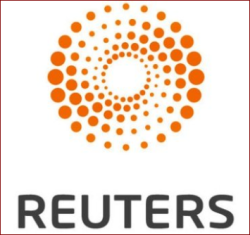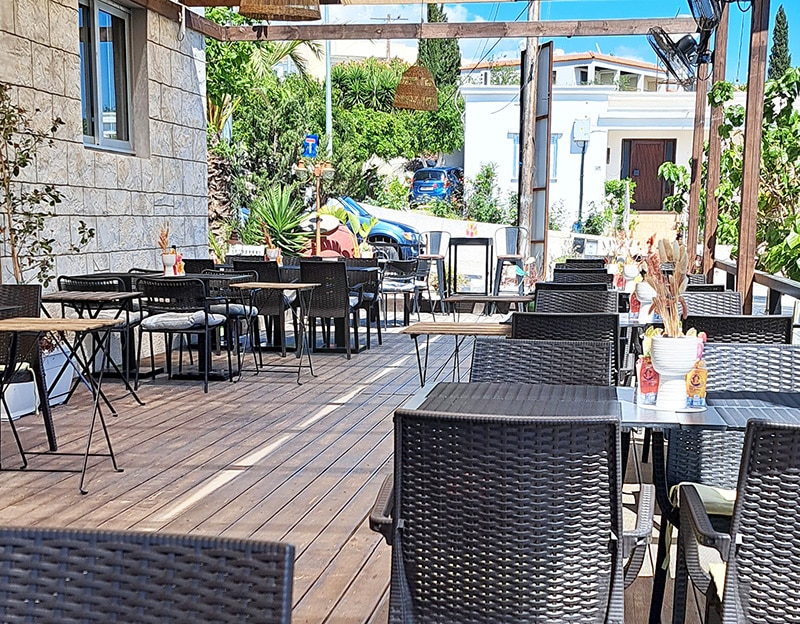The European Central Bank will keep interest rates unchanged at a record high on Thursday and is likely to keep pushing back on investor bets for aggressive policy easing this spring, despite dismal economic growth and a rapid slowdown in inflation.
The ECB ended its quickest rate hiking cycle in September but has been adamant that even discussing a reversal would be premature, since price pressures have yet to be fully extinguished and crucial wage talks remain ongoing.
Investors, however, are betting that the ECB is getting it wrong on both growth and inflation, and will be forced to make an about-face sooner rather than later.
Such a pivot will not be on the agenda for now, especially after the central bank rolled out its top brass last week to convince markets that a long plateau in rates was ahead.
ECB President Christine Lagarde is likely to argue that underlying price pressures are still strong, particularly for services, while risks remain abundant – from pending wage deals to geopolitical tensions, including the Red Sea blockade.
Lagarde and chief economist Philip Lane along with key Governing Council members, have repeatedly pointed to first-quarter wage settlements, for which figures become available in May, as a relevant gauge.
That has been seen by some as a clue that a first rate cut could come at the ECB’s June meeting.
“Our view remains that the weak growth outlook – with activity below potential for many quarters ahead – and falling inflation will mean cuts can happen sooner rather than later,” Peter Goves, at MFS Investment Management, said.
Financial markets now see 127 basis points of rate cuts this year, or five moves, with the first in April or June, a big change compared to two weeks ago when 150 basis points of reductions were seen, starting in March or April.
The ECB will announce its policy decision at 1315 GMT, followed by Lagarde’s 1345 GMT press conference.
The big discrepancy in expectations largely stems from a different outlook on growth and just how much past rate hikes are slowing the economy of the 20-country currency bloc.
The ECB expects household and government spending to drive a recovery but data appear to be painting a bleaker picture, with manufacturing remaining in recession and services cooling.
The euro zone was probably in recession last quarter and got off to a slow start in January, making the current period the sixth straight quarter with broadly flat or negative growth. The long predicted recovery meanwhile keeps getting pushed out further and further.
A weak economy, along with muted commodity prices and high interest rates, will keep pushing down inflation, which last stood at 2.9 per cent and was not expected by the ECB to fall back to its 2 per cent target until 2025.
Many disagree with that projection.
“We continue to expect headline and core HICP inflation rates to fall to 2 per cent already before the middle of this year, a year or more earlier than the ECB forecasts,” Deutsche Bank economists said.
This inflation drop will mean rising real interest rates, effectively policy tightening in a recessionary environment.
“This would raise the risk of an outright recession and a genuine shock to the labour market,” Deutsche Bank added.
Some think that the ECB’s insistence on even more evidence of disinflation raises the chance of a policy error.
“Having overlooked the negative impact of monetary tightening on growth until now, the ECB remains biased towards cutting too little, too late,” TS Lombard’s Davide Oneglia said.
“The ECB has less to worry about inflation and fewer excuses to keep monetary policy tight than officials think, but over-tightening habits die hard,” Oneglia added.






